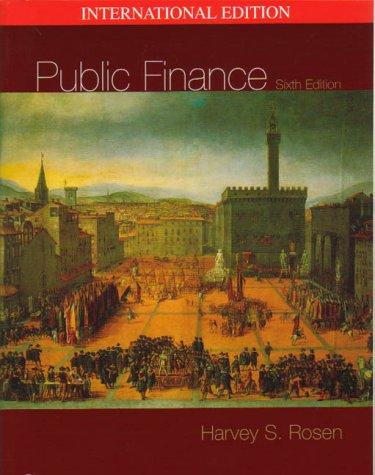Question
Please answer question 1. Thank you. You and your team are financial consultants who have been hired by a large, publicly traded electronics firm, Brilliant
Please answer question 1. Thank you.
You and your team are financial consultants who have been hired by a large, publicly traded electronics firm, Brilliant Electronics (BE), a leader in its industry. The company is looking into manufacturing its new product, a machine using sophisticated state of the art technology developed by BEs R&D team, overseas. This overseas project will last five years. Theyve asked you to evaluate this project and to make a recommendation about whether or not the company should pursue it. BEs management team needs your recommendation and the analysis used to arrive at it by no later than April 10, 2020.
The following market data on BEs securities are current:
Debt: 210,000 6.4 percent coupon bonds outstanding, 25 years to maturity, selling or 108 percent of par; the bonds have $1000 par value each and make semi-annual payments
Common Stock: 8,300,000 shares outstanding, selling for $68 per share; beta=1.1
Preferred Stock: 450,000 shares of 4.5% preferred stock outstanding, selling or $81 per share
Market: 7 percent expected market risk premium; 3.5 percent risk-free rate
The company bought some land three years ago for $3.9 million in anticipation of using it as a toxic dump site for waste chemicals, but it built a piping system to safely discard the chemicals instead. The land was appraised last week for $4.4 million on an after-tax basis. In five years, the after-tax value of the land will be $4.8 million, but the company expects to keep the land for a future project. The company wants to build its new manufacturing plant on this land; the plant will cost $37 million to build.
At the end of the project (the end of year 5), the plant can be scrapped for $5.1 million. The manufacturing plant will be depreciated using the straight line method.
The company will incur $6,700,000 in annual fixed costs excluding depreciation. The plan is to manufacture 15,300 machines per year and sell them at $11,450 per machine; the variable production costs are $9,500 per machine. Selling price and costs are expected to remain unchanged over the life of the project.
BE uses PK Global (PKG) as its lead underwriter. PKG charges BE spreads of 8% on new common stock issues, 6% on new preferred stock issues, and 4% on new debt issues. PKG has included all direct and indirect issuance costs (along with its profit) in setting these spreads. BEs tax rate is 35 percent. The project requires $1,300,000 in initial net working capital investment to get operational. Assume BE raises all equity for new projects externally (that is, BE does not use retained earnings).
The weighted average flotation cost is the sum of the weight of each source of funds in the capital structure of the company times the flotation costs, so:
fT = ($564.4/$827.65)(0.08) + ($36.45/$827.65)(0.06) + ($226.8/$827.65)(0.04) = 0.0682, or 6.82%
Thus the initial investment is increased by the amount of flotation costs:
(Amount raised)(1 0.0682) = $37,000,000
Amount raised = $37,000,000/(1 0.0682) = $39,708,092
a. A one-page executive summary for the CEO and CFO that provides the client with your recommendation regarding the project and the analysis that supports it.
b. The main body of the report which contains Excel spreadsheets and/or other supporting documentation that the CFO can review in order to gain a thorough understanding of your analysis and to assess its quality and accuracy. This documentation should explain how the consulting team calculated its answers to 1-4 below. It should be labeled in a manner that makes it easy to follow. Your analysis should include, and your recommendation should be based on, the following:
1) Calculate the projects cost of capital (the appropriate discount rate to use to evaluate BEs new project) assuming the capital structure will remain the same if the project is undertaken. This project is somewhat riskier than a typical project for BE; therefore, management has asked you to use an adjustment factor of 12% to account for this increased riskiness (that is, to add 12% to the firms cost of capital) to estimate the projects required rate of return. (NOTE: Flotation costs do not have to be considered when calculating the required rate of return for each class of security they are addressed in this problem by adjusting the cost of the initial investment to $39,708,092 from $37,000,000).
Step by Step Solution
There are 3 Steps involved in it
Step: 1

Get Instant Access to Expert-Tailored Solutions
See step-by-step solutions with expert insights and AI powered tools for academic success
Step: 2

Step: 3

Ace Your Homework with AI
Get the answers you need in no time with our AI-driven, step-by-step assistance
Get Started


